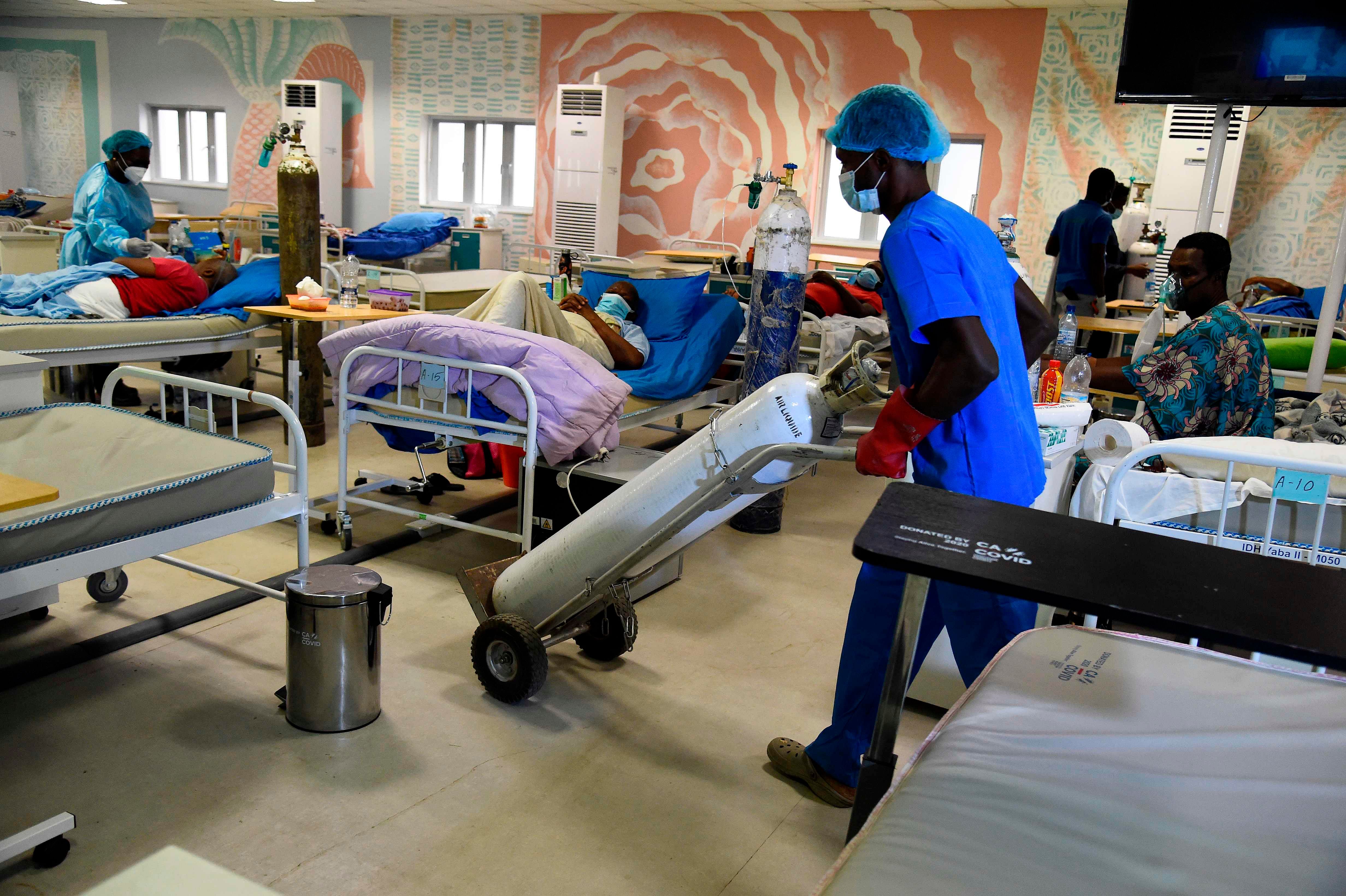
The pandemic must have tested the infrastructure of many sectors, but it has definitely given an oxygen boost to Karnataka’s public health facilities.
While oxygen supply is common in intensive care units (ICUs), critical care units (CCUs) and post-operative units, it wasn’t the case with all the beds at these facilities, until Covid-19 hit. To prepare for a potential surge in cases, Karnataka stepped up the infrastructure of its public health services at a pace never seen before.
Jawaid Akhtar, Additional Chief Secretary, Health, said, “The pandemic has created all kinds of problems for the health sector but has also provided an impetus to it. Oxygen was scarce. Because of the nature of the disease, we took up oxygenation programme at a large scale.”
In February-end last year, there were only 5,300 oxygenated beds in Karnataka. “Due to Covid-19, we wanted each district hospital to have 100 beds connected to oxygen, each taluk hospital to have 50 beds connected to oxygen and each community health centre (CHC) 30 beds,” he said.
Now, in all, 146 taluk hospitals have 7,300 oxygenated beds, 204 CHCs have 6,120 oxygenated beds, and 17 hospitals of the health department have 1,700 such beds.
“In the medical education department, we had 5,000 beds connected to oxygen. Now we have 28,000 beds that are oxygenated,” he said.
This is a five-fold increase in infrastructure from the pre-Covid times. “It is important to consolidate these upgradation gains and make it permanent. After the pandemic, it should not fall into a state of disuse,” Akhtar added.
The state has also supplied more than 200 ventilators to hospitals. Every taluk hospital had only one ventilator. Now four more have been added under the PM-CARES fund.
State Health Commissioner Pankaj Kumar Pandey said, “This is building on our assets. We can bring down mortality this way. This is a big investment we have done — in oxygen pipelines, liquid oxygen tanks and oxygen generators. Oxygen generators are required in areas where it is difficult to supply oxygen cylinders. Overall, in both health and medical education departments, we must have approximately spent Rs 300 crore.”
When high-flow oxygen is required, oxygen cylinders alone cannot be relied on, as they can’t be refilled quickly. In all district hospitals, the state has now set up liquid oxygen tanks, which were present only in two or three hospitals before the pandemic. “The truck carrying liquid oxygen comes only once in three days. The tanks will ensure storage and thereby availability,” Pandey said.
Jumbo upgrade
More than 70 jumbo oxygen cylinders have been purchased by various taluk hospitals. Apart from this, the central government is providing oxygen generators at six taluk hospitals. From the state, 30 oxygen generators are being installed at various taluk hospitals. This will increase the hospital's capacity of generating oxygen at the site and reduce dependency on manufacturers.
"At the peak of the pandemic we realised that manufacturers can also get hard-pressed fro medical oxygen," Pandey said.
In December last year, it was announced that oxygen generators will be installed in ten district hospitals and 30 taluk hospitals.
